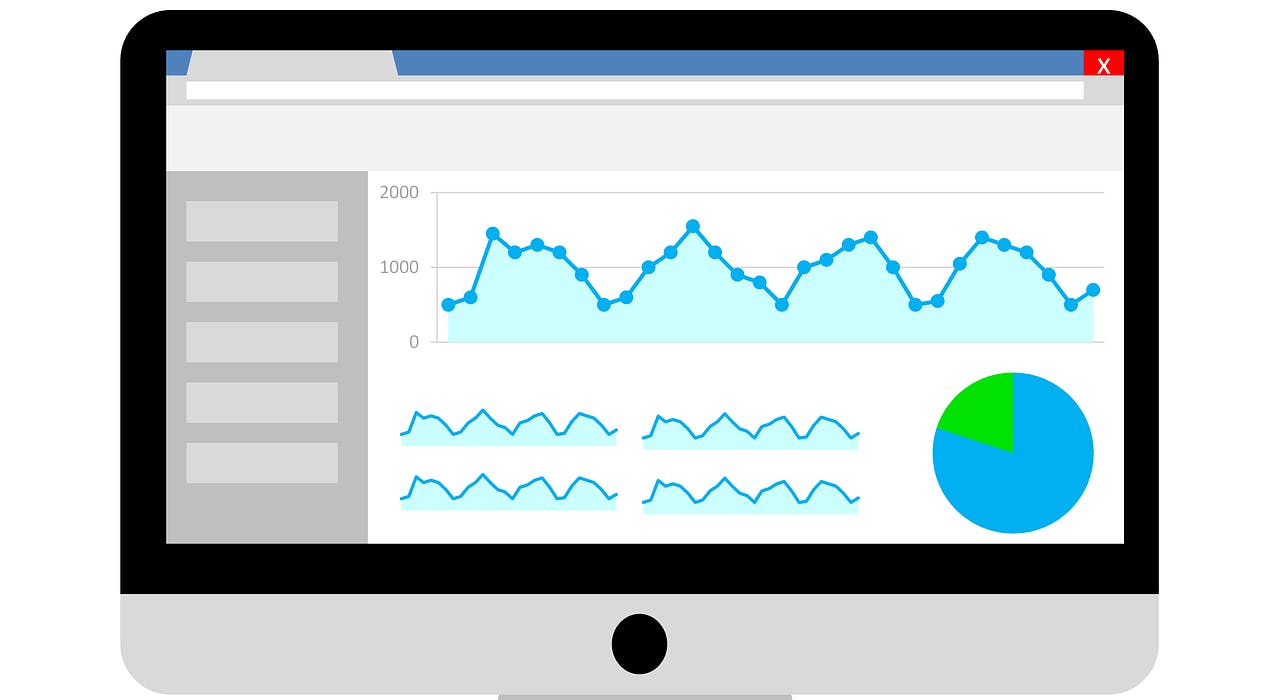Readers turn to a source of research because they believe the scholar knows what they are talking about and has the answers to the reader’s concerns. This bond of trust has been built over centuries, as people learn that researchers offer an unbiased source of information based on thorough data observed, collected, analyzed, and explained.
With so many changes in the past decades, this tentative relationship of trust in the scholar has become even more fragile. The ability for almost anyone to post misinformation online while still looking and acting like an expert makes it difficult for readers to know who to turn to for reliable facts.
To reduce this concern as much as possible, transparency standards have been enacted and are used to give an article the designation of legitimate and trustworthy. But in order for this to be a true, transparent title, the standards must be consistent throughout academics.
The Importance of Consistency in Transparency Standards
One of the concerns with designating a scholar as legitimate is that it’s not always clear how they received every step of the process that’s necessary to get there. Yes, they were peer reviewed, but what qualitative and quantitative measures were used by the reviewer? Yes, they met the other requirements, but were those requirements as thorough as those of another standard of criteria or were they too lenient?
Thus the call for consistency in transparency standards arose.
A big component in determining the legitimacy of a research project is the capability of others to emulate the entire process because of the methodological data provided. However, more and more complaints have arisen that articles that were determined to be legitimate and credible had methodological systems that were too obscure or had information withheld and the process was not able to be replicated.
This left researchers with the concern that the outcome that was being shared amongst readers could possibly not be correct.
If readers were to begin questioning the sources of data that were supposed to be transparent and legitimate, then who would they turn to for reliable information? The ramifications could be dangerous.
It became crucial to prevent this problem from occurring, and tools to measure transparency were designed and enacted.
Indicators to Help Determine Transparency
A wholly transparent academic article has every level of indicator clearly displayed. When a publisher or reader can easily access the information they’re looking for to check for credibility, it’s likely that a source is transparent and legitimate.
Indicators that help determine transparency include factors like:
● Citation standards - All appropriate data and materials are cited clearly and thoroughly follow the guidelines of the journal the work is to be published in, which is consistent and normalized for the field of publication
● Data transparency - This factor is met when the data included is posted to a trusted repository of information and analyzed. The final analysis is independently checked again for consistent results before the work is published.
● Methods transparency - Although not all research is suitable for reproduction based on the methods involved, the submission must be run through a trusted repository where the methodology is analyzed for clear and favorable reproduction capability before the article is published.
● Materials transparency - The materials used in an experiment aren’t always easily available for replication, either, but for an article to be transparent, a list of these materials must be posted to a trusted repository. This repository will then analyze them for legitimacy before the work is published.
● Design and analysis transparency - Every reputable journal has design transparency standards that are normalized for their field and consistent. The work submitted should adhere to these design standards before it is published.
● Replication - The reputable journal should have a credible, consistent submission option they use for replication studies and peer review of an article to determine the thoroughness of each step and ensure it can be replicated. This should be completed prior to publication.
These indicators are clear and credible methods to ensure the entire process of an academic article from start to finish is transparent.
Using Impactio to Encourage Transparency
Part of what makes your research wholly transparent is the method you use to compile your data into your finished paper. Impactio is an all-in-one platform in which scholars take their impact analytics data and turn them into clearly written text broken into subsections. Citation and Publication data is generated into charts, tables, and graphs as necessary, and the entire paper is optimized for academic standards before you turn it into a PDF document or web page.
With so many advantages to using Impactio, it’s no wonder it’s the trusted source for scholarly experts all over the world. When you join Impactio, you have access to the entire network of these community members, too. The highest level of standards in our program lets you feel confident that your transparent measures have been obtained.
